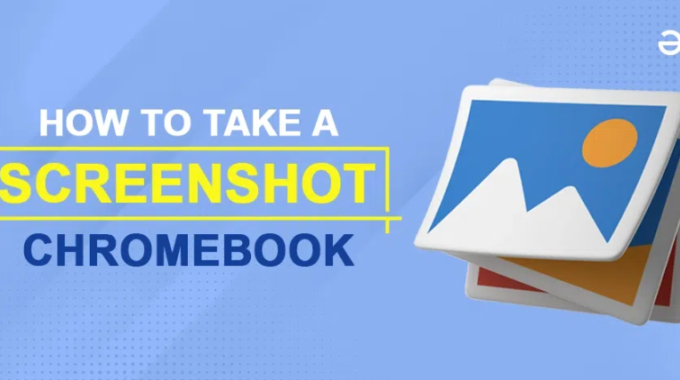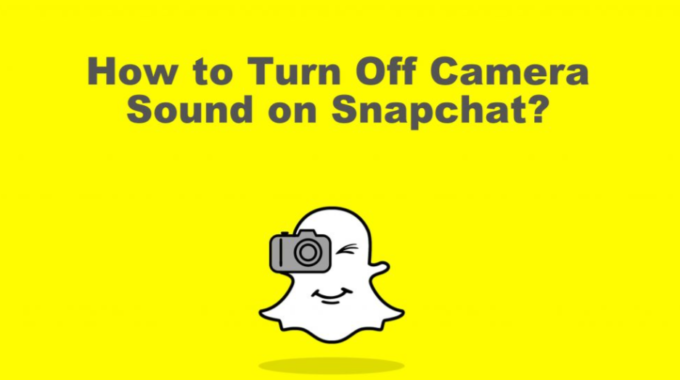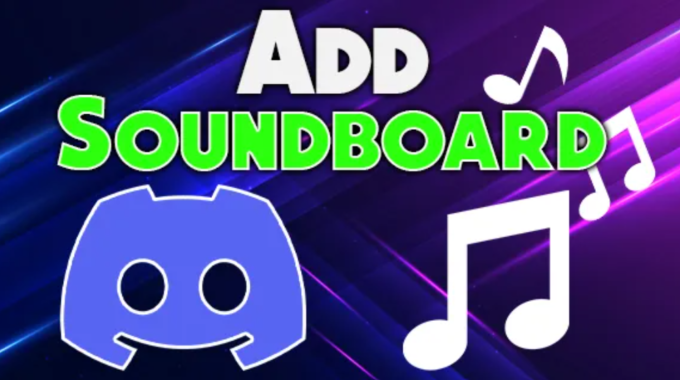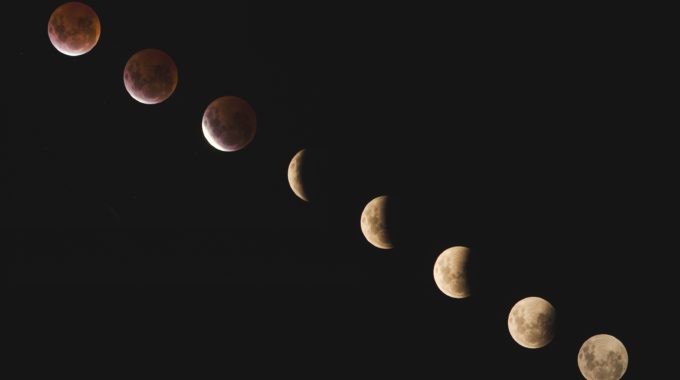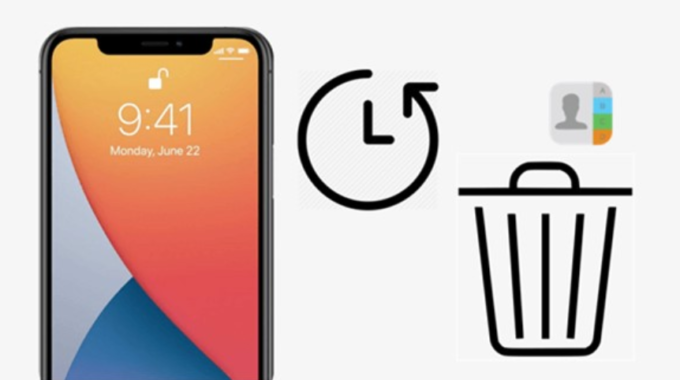YouTube is a fantastic platform for content creators to share their creativity and connect with a global audience. However, it also comes with its fair share of challenges, one of the most significant being copyright claims. Copyright claims can jeopardize a channel’s reputation and even lead to penalties, so it’s crucial to understand how to avoid them. In this step-by-step guide, we will explore how to steer clear of copyright claims on YouTube while respecting the rights of content creators.
Step-by-Step Guide How to Avoid Copyright Claims on YouTube
Step 1: Understand Copyright Basics
Before diving into the specifics, it’s essential to grasp the fundamentals of copyright. Copyright law protects original works of authorship, such as videos, music, images, and text, giving creators exclusive rights to reproduce and distribute their content. You should always respect these rights, as using someone else’s copyrighted material without permission can lead to copyright claims.
Step 2: Create Original Content
The surest way to avoid copyright claims is to create your content from scratch. This means recording your videos, composing your music, and designing your artwork. Original content not only protects you from copyright claims but also helps establish your unique brand and style.
Step 3: Use Licensed or Royalty-Free Materials
If you must use copyrighted material, make sure you have the proper license or permissions. Stock footage, music libraries, and image repositories offer content with clear usage rights. Additionally, there are plenty of royalty-free resources available that allow you to use materials without fear of copyright infringement.
Step 4: Fair Use and Transformative Content
Sometimes, you can use copyrighted material under the doctrine of “fair use.” This typically applies when you’re using the content for purposes like commentary, criticism, or education. However, keep in mind that the fair use doctrine is nuanced and subject to interpretation by courts. Always attribute the source and provide context when using copyrighted material in this manner.
Step 5: Obtain Permission
If you plan to use copyrighted content in a way that doesn’t fall under fair use, reach out to the copyright owner to obtain explicit permission. This can be done through licensing agreements, email correspondence, or through copyright management agencies like Content ID on YouTube.
Step 6: Always Credit the Source
Even when you have the necessary permissions, it’s a good practice to give proper credit to the source of any third-party material you use. This not only shows respect to the original creators but also helps protect your content from potential copyright claims.
Step 7: Use YouTube’s Built-in Audio Library
YouTube offers an extensive audio library featuring a wide range of music and sound effects that you can use in your videos without worrying about copyright issues. Access the audio library in YouTube Studio, and you’ll find an array of options to enhance your videos.
Step 8: Monitor Your Content
Regularly check your videos for copyright claims. YouTube has a robust Content ID system that can automatically detect copyrighted material. If you receive a claim, you’ll have options to remove or replace the content, dispute the claim, or share the revenue generated from your video with the copyright owner, depending on the circumstances.
Step 9: Utilize Creative Commons
Creative Commons licenses allow creators to share their work with certain usage permissions. By using Creative Commons-licensed material, you can avoid copyright claims as long as you adhere to the license terms specified by the content creator.
Step 10: Educate Yourself
Stay informed about copyright laws and YouTube’s policies. They can change over time, so it’s essential to keep up with any updates that might affect your content.
Conclusion
Avoiding copyright claims on YouTube is essential for maintaining a successful and respected channel. By understanding the basics of copyright, creating original content, respecting licensing agreements, and being aware of YouTube’s policies, you can protect your channel while still sharing compelling content with your audience. Remember that it’s always better to err on the side of caution when it comes to copyright, as the consequences of infringement can be severe.

